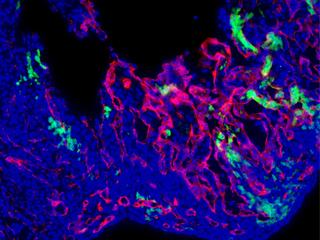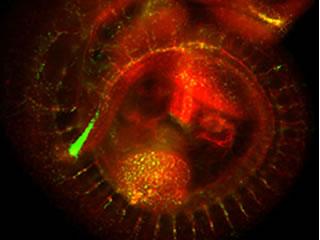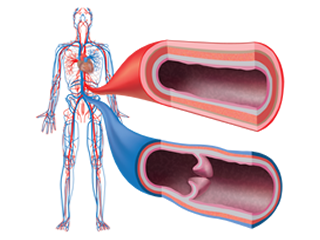Research Areas
The following are research areas for the Wythe Lab:
Vascular Development
Vascular development is a complex process, as unspecified angioblasts will ultimately give rise to specialized endothelial compartments, ranging from the endocardial cells lining the heart to the lymphatic vessels.
Currently our interest lies in understanding how arterial and venous endothelial cell identities are specified and maintained in the developing vertebrate embryo. These two endothelial cell populations have unique gene expression profiles, differentially recruit pericytes and smooth muscle cells, posses different ultrastructures, and are subject to different hemodynamic stresses and physiologic signals.
Understanding how, exactly, these cell fates are specified is an intriguing question, and has interested Dr. Wythe since graduate school.
Heart Development

Congenital heart defects are among the most common inherited birth defects. The heart is also the first organ to form (and to function) in the developing mouse embryo. Heart development is dependent upon a complex cascade of transcriptional regulation. Accordingly, mutations in the coding sequences of several transcription factors (Tbx5, Sall4, Nkx2.5, Gata) have been identified as the underlying cause in congenital cardiac malformations.
Currently our interest is focused on understanding how cell fates are specified in the embryonic mouse heart, both in normal and developmentally compromised genetic backgrounds.
Specifically our interest lies in determining how the septum is formed, and how different lineages (the presumptive first heart field and second heart field) interact from cardiac crescent formation to the completion of ventricular septation.
Cardiovascular Pathologies

Congenital heart defects are among the most common inherited birth defects. The heart is also the first organ to form (and to function) in the developing mouse embryo. Heart development is dependent upon a complex cascade of transcriptional events.
Accordingly, mutations in the coding sequences of several transcription factors (Tbx5, Sall4, Nkx2.5, Gata, and others) have been identified as the underlying cause in congenital cardiac malformations.
We are particularly interested in septation defects, although a whole host of defects are possible.







 Credit
Credit
